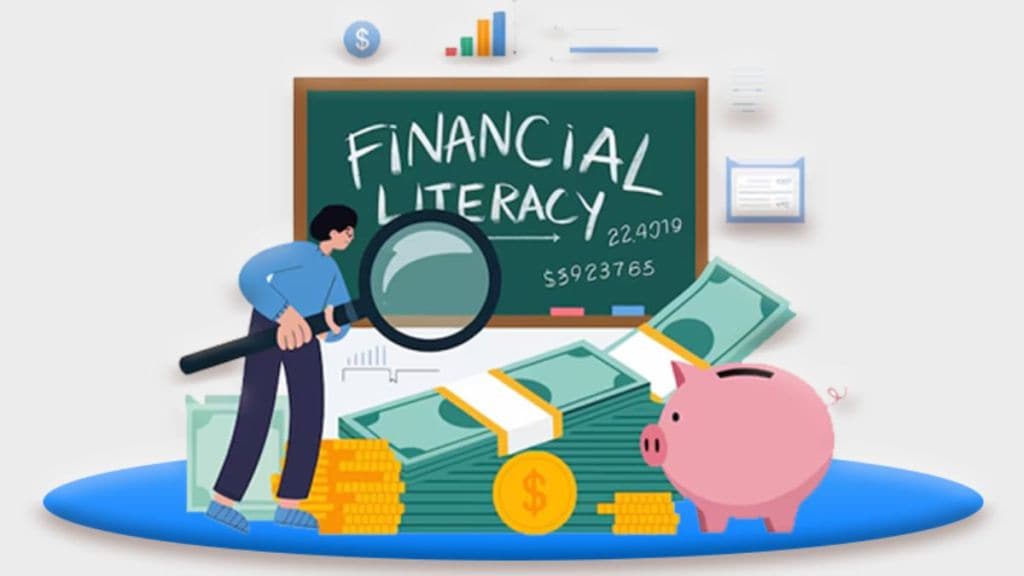By CS Mohapatra and Depannita Ghosh
A 23-year-old management student in Delhi recently lost her savings to a social media group that promised “sure-shot stock tips” with guaranteed daily returns. A few weeks earlier, a young IT professional followed the advice of a popular finfluencer, only to find himself holding near-worthless penny stocks. Neither lacked access to financial services—they lacked the ability to differentiate genuine opportunity from digital deception.
As World Investor Week 2025 unfolds between October 6 and 12, it is worth reflecting on the risks and opportunities faced by India’s growing class of young investors. Today, conversations about money bloom not at bank counters or traders’ offices but on smartphones, reels, and trading apps. The rapid digitalisation of financial services has made investing and saving far more accessible than before, creating a new class of first-time investors, many of them young and ambitious. Yet, with these opportunities has come a surge of scams, misinformation, and misplaced trust, threatening to erode the confidence that underpins financial inclusion.
The rise of financial influencers or “finfluencers” is perhaps the most visible sign of this new era. They package complex financial concepts into 60-second videos, appealing to millions. While some offer credible insights, others indulge in biased promotion disguised as prudent advice, often pushing risky products for undisclosed commissions. For budding investors, this ecosystem is both a gateway and a minefield. Some proceed cautiously through systematic investment plans or fixed deposits, while others chase quick gains through high-risk equities or speculative assets.
The duality of digitalization
Inevitably, the modern financial environment has also become a fertile ground for scams and frauds. Each incident does more than deplete savings—it chips away at trust in formal financial channels, driving some people back towards the safety of cash or informal lending. Digitalization thus expands inclusion but also magnifies exposure to risk in the absence of adequate financial education.
The government, regulators, and market infrastructure institutions have been active and geared up in the face of these challenges. The Investor Education and Protection Fund Authority (IEPFA), under the ministry of corporate affairs, has steadily broadened its efforts in spreading financial awareness and facilitating grievance redress. The Securities and Exchange Board of India has tightened disclosure norms, issued finfluencer guidelines, and expanded its investor education programmes.
The government and regulators such as the Reserve Bank of India, the Insurance Regulatory and Development Authority of India, and the Pension Fund Regulatory and Development Authority have also introduced initiatives to deepen both inclusion and investor protection. Together, these institutions form a coordinated shield, yet the task is far from complete.
Digitalisation has flooded individuals with choices and information, but discernment has lagged. A viral reel or trending hashtag often exerts more influence on investment decisions than a detailed market report.
How do Behavioural biases exacerbate risks
Behavioural biases such as overconfidence, impatience, and herd mentality exacerbate the risks. Financial education, therefore, cannot be reduced to textbook lessons on compound interest or asset allocation. It must equip individuals to navigate this digital bazaar—to ask questions, identify red flags, and resist the pull of easy promises.
This challenge is also deeply social. For women, first-generation professionals, or those who hail from disadvantaged backgrounds, financial engagement carries both empowerment and vulnerability. A lack of confidence or adequate financial education can discourage participation in formal markets, leaving them dependent on informal and exploitative options.
True financial education is not just about bringing more people into the system but also ensuring their participation is informed, secure, and empowering. The way forward requires treating financial literacy as a public good. Schools and universities should integrate it into curricula, workplaces should embed it into training, and regulators must keep innovating in their outreach content and methods. Stronger grievance redress mechanisms are equally essential, for when people fall victim to frauds, timely recourse can help restore both money and trust.
Needless to say, knowledge about the safety system in place has to be simple and accessible. India’s financial journey in the digital era is being rewritten in real time, shaped not only by regulators and institutions but also by algorithms, apps, and influencers. In this new landscape, safeguarding investors has become a collective responsibility. Financial literacy is not merely about learning how to grow money; it is about protecting it, building trust in institutions, and developing the judgement to thrive in an age where finance can go viral in seconds.
A financially literate, digitally aware, and confident population is the foundation for sustainable economic growth and stability. By embedding behavioural awareness, robust protection, and digital trust into the investor ecosystem today, India can nurture generations of empowered citizens capable of steering capital toward productive avenues and ultimately shaping the nation’s journey towards a Viksit Bharat.
CS Mohapatra & Depannita Ghosh are IEPF chair professor and research analyst IEPF Chair Unit at the National Council of Applied Economic Research
Disclaimer: Views expressed are personal and do not reflect the official position or policy of FinancialExpress.com. Reproducing this content without permission is prohibited.


